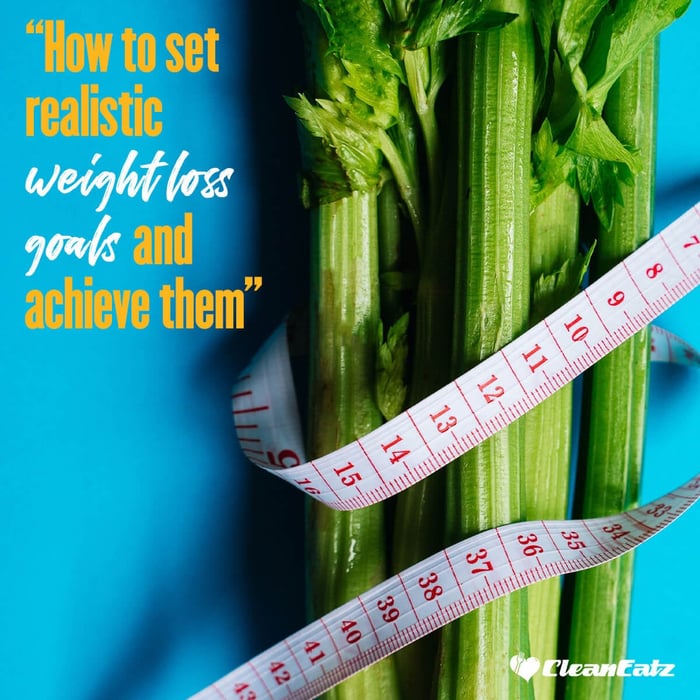
Introduction
Setting realistic weight loss goals is crucial for achieving long-term success in your weight loss journey. Many people set unrealistic goals, such as losing a large amount of weight in a short period, which can be overwhelming and unsustainable. In this article, we will discuss how to set realistic weight loss goals and provide tips on how to achieve them.
Setting Realistic Weight Loss Goals
When setting weight loss goals, it’s important to be realistic and specific. Here are some tips to help you set realistic weight loss goals:
1. Consult with a Healthcare Professional
Before setting weight loss goals, it’s important to consult with a healthcare professional to ensure that your goals are safe and realistic for your individual health needs. A healthcare professional can help you determine a healthy weight range for your body type and provide guidance on how to achieve your weight loss goals safely.
2. Set Achievable Goals
Instead of setting a goal to lose a large amount of weight in a short period, break your weight loss goals into smaller, achievable milestones. For example, aim to lose 1-2 pounds per week, which is a safe and sustainable rate of weight loss. Setting achievable goals will help you stay motivated and track your progress more effectively.
3. Be Specific
When setting weight loss goals, be specific about what you want to achieve. Instead of saying, “I want to lose weight,” set a specific goal such as, “I want to lose 10 pounds in the next two months.” Being specific will help you stay focused and motivated to reach your goals.
4. Consider Your Lifestyle
When setting weight loss goals, consider your lifestyle and daily routine. Choose goals that are realistic and manageable within your current lifestyle. For example, if you have a busy schedule, setting a goal to exercise for an hour every day may not be feasible. Instead, set a goal to exercise for 30 minutes three times a week.
How to Achieve Your Weight Loss Goals
Setting realistic weight loss goals is only the first step. To achieve your goals, you need to make changes to your diet, exercise routine, and lifestyle. Here are some tips to help you achieve your weight loss goals:
1. Create a Meal Plan
One of the most important aspects of weight loss is maintaining a healthy diet. Create a meal plan that includes a variety of fruits, vegetables, whole grains, lean proteins, and healthy fats. Avoid processed foods, sugary drinks, and high-calorie snacks. Planning your meals in advance can help you make healthier choices and avoid impulsive eating.
2. Stay Active
In addition to following a healthy diet, regular exercise is essential for weight loss. Aim to incorporate at least 150 minutes of moderate-intensity exercise or 75 minutes of vigorous-intensity exercise per week. Choose activities that you enjoy, such as walking, jogging, cycling, or swimming. Staying active will help you burn calories, build muscle, and improve your overall health.
3. Track Your Progress
Tracking your progress is essential for staying motivated and accountable. Keep a food diary to monitor your calorie intake, track your exercise routine, and weigh yourself regularly. Seeing progress, even small changes, can help you stay motivated and focused on your weight loss goals.
4. Stay Consistent
Consistency is key to achieving your weight loss goals. Make healthy choices a part of your daily routine and stay committed to your goals. Remember that weight loss takes time and effort, so be patient with yourself and stay consistent with your diet and exercise plan.
Conclusion
Setting realistic weight loss goals is essential for achieving long-term success in your weight loss journey. By consulting with a healthcare professional, setting achievable goals, being specific, considering your lifestyle, and making changes to your diet and exercise routine, you can set yourself up for success. Remember to track your progress, stay consistent, and stay motivated to achieve your weight loss goals.
